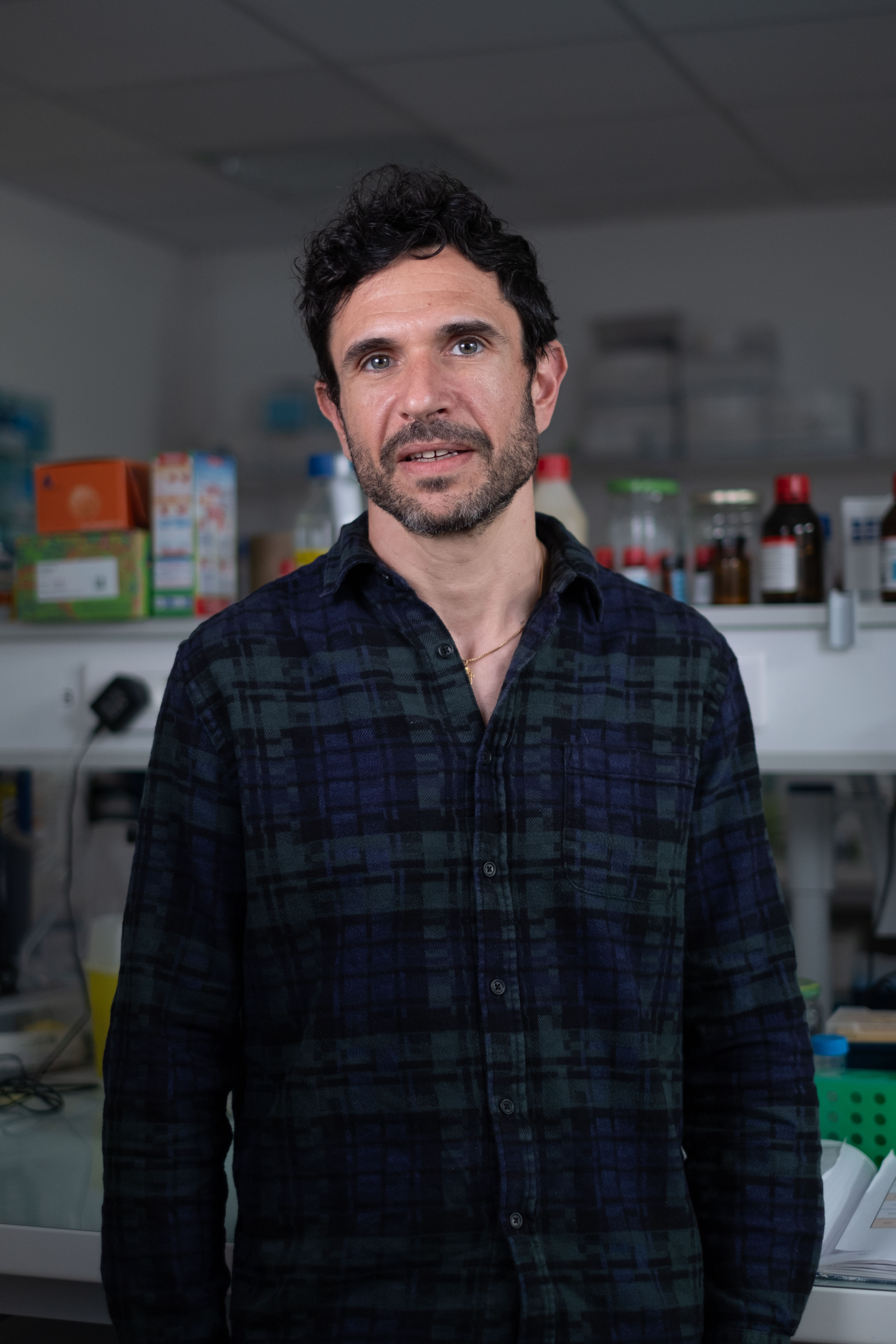ANR MAMA : Xavier Prieur (2021 - 2025)
MAMA: MAMs in adipocyte homoeostasis and dysfunction
Seipin is an endoplasmic reticulum (ER) transmembrane protein highly expressed in WAT, encoded by the gene BSCL2. In human, BSCL2 mutation is the cause of the Berardinelli-Seip generalized lipodystrophy (BSCL), characterised by a lack of WAT and severe metabolic complications (i.e. insulin resistance, diabetes, liver steatosis). There are evidences showing that seipin controls adipocyte “good health” but its biological function in mature adipocytes remains to be investigated.
Using cellular and mice models, we have revealed that seipin is localized at the mitochondria associated membrane (MAMs). MAMs allow exchanges of phospholipids and calcium (Ca2+) between ER and mitochondria. In the liver and the muscle, we have demonstrated that MAMs are crucial hubs for hormone and nutrient signalling regulating insulin sensitivity and metabolic flexibility. However, the importance of MAMs in white adipose tissue (WAT) has not been sufficiently studied.
Scientific aims of the proposal: Starting from the investigation on Seipin function in MAMs, MAMA will explore the importance of MAMs in WAT homeostasis and metabolic flexibility.
Our preliminary demonstrated that: 1) In mice, seipin deficiency leads to adipocytes loss 2) Seipin recruitment at MAMs is promoted by fasting; 3) Seipin deficiency alters ER to mitochondria Ca2+ import; 4) Seipin deficiency alters mitochondrial lipid composition; 5) Beyond Seipin, MAMs number is nutritionally regulated in adipocytes.
Novelty and importance: In this project, using unique biological tools and multiple approaches, from animal physiology to cell biology and biophysics, we are proposing to study the physiological importance of MAMs in determining adipocyte homeostasis.
The origin of the consortium -Aiming to highlight key players controlling adipocyte good health, we (Gilliane Chadeuf, Yoann Combot and Xavier Prieur) discovered an unexpected implication of Seipin in ER/mitochondria contact sites also called MAMs. Such discovery prompted us to contact Jennifer Rieusset who is internationally recognized for her work on MAMs and their involvement in insulin sensitivity. Together, we hypothesized that if Seipin is involved in MAMs dependent calcium handling, seipin role in adipocyte homeostasis could well be dependent on MAMs. The preliminary data have been presented at the Endoplasmic reticulum conference in October 2019 in Paris, and at this occasion, Abdou Rachid Thiam, contacted Xavier Prieur to discuss the potential interest in his unique and original biophysical approaches in the study of Seipin function in MAMs. Abdou Rachid Thiam is a biophysicist and he is able to isolate cellular organelles and to re-create them on the basis of their composite.
- Scientific coordinator, Xavier Prieur, PhD, (MCU, ITX-Nantes). The preliminary data have been generated by Yoann Combot (PhD student) and Gilliane Chadeuf (IR). Marie Palard (MSc), who did her master training in the group join us for a PhD on MAMA’s project (2021-2024).
- Partner 1, Jennifer Rieusset, PhD, is research director (DR2) at INSERM and team leader (Mitochondria-ER interactions and signalling in metabolic health and diseases, MERISM) at the CarMeN laboratory (Lyon).
- Partner 2, Abdou Rachid Thiam, PhD, is a research director (DR2) at CNRS. He leads the Biological Emulsions’ team at ENS Paris.
Seipin is an endoplasmic reticulum (ER) transmembrane protein highly expressed in WAT, encoded by the gene BSCL2. In human, BSCL2 mutation is the cause of the Berardinelli-Seip generalized lipodystrophy (BSCL), characterised by a lack of WAT and severe metabolic complications (i.e. insulin resistance, diabetes, liver steatosis). There are evidences showing that seipin controls adipocyte “good health” but its biological function in mature adipocytes remains to be investigated.
Using cellular and mice models, we have revealed that seipin is localized at the mitochondria associated membrane (MAMs). MAMs allow exchanges of phospholipids and calcium (Ca2+) between ER and mitochondria. In the liver and the muscle, we have demonstrated that MAMs are crucial hubs for hormone and nutrient signalling regulating insulin sensitivity and metabolic flexibility. However, the importance of MAMs in white adipose tissue (WAT) has not been sufficiently studied.
Scientific aims of the proposal: Starting from the investigation on Seipin function in MAMs, MAMA will explore the importance of MAMs in WAT homeostasis and metabolic flexibility.
Our preliminary demonstrated that: 1) In mice, seipin deficiency leads to adipocytes loss 2) Seipin recruitment at MAMs is promoted by fasting; 3) Seipin deficiency alters ER to mitochondria Ca2+ import; 4) Seipin deficiency alters mitochondrial lipid composition; 5) Beyond Seipin, MAMs number is nutritionally regulated in adipocytes.
Novelty and importance: In this project, using unique biological tools and multiple approaches, from animal physiology to cell biology and biophysics, we are proposing to study the physiological importance of MAMs in determining adipocyte homeostasis.
The origin of the consortium -Aiming to highlight key players controlling adipocyte good health, we (Gilliane Chadeuf, Yoann Combot and Xavier Prieur) discovered an unexpected implication of Seipin in ER/mitochondria contact sites also called MAMs. Such discovery prompted us to contact Jennifer Rieusset who is internationally recognized for her work on MAMs and their involvement in insulin sensitivity. Together, we hypothesized that if Seipin is involved in MAMs dependent calcium handling, seipin role in adipocyte homeostasis could well be dependent on MAMs. The preliminary data have been presented at the Endoplasmic reticulum conference in October 2019 in Paris, and at this occasion, Abdou Rachid Thiam, contacted Xavier Prieur to discuss the potential interest in his unique and original biophysical approaches in the study of Seipin function in MAMs. Abdou Rachid Thiam is a biophysicist and he is able to isolate cellular organelles and to re-create them on the basis of their composite.



Updated on 30 May 2024.





